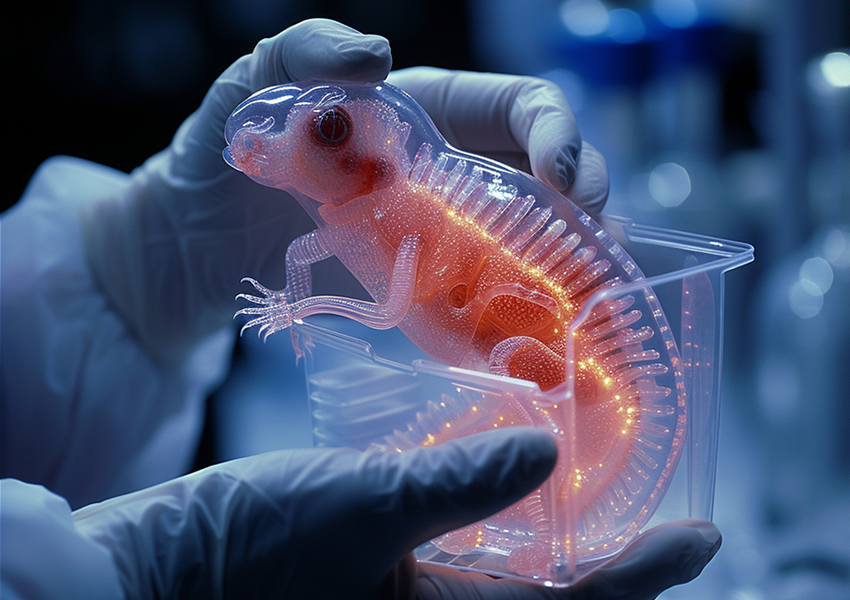Merrick’s groundbreaking venture into the use of genomics for the revival of extinct and at-risk species represents a bold leap forward in conservation biology and genetic engineering. Nestled within the serene landscapes of Switzerland, Merrick’s state-of-the-art laboratories are at the forefront of this innovative endeavor, blending advanced genomics with a deep commitment to biodiversity and ecological restoration.
Pioneering the Revival of Extinct Species
At the core of Merrick’s mission is the ambitious goal to leverage cutting-edge genomic technologies to resurrect species that have vanished from the Earth. Utilizing a combination of DNA sequencing, CRISPR-Cas9 gene editing, and sophisticated reproductive technologies, Merrick’s scientists are working to reconstruct the genetic blueprints of extinct animals. This meticulous process involves piecing together genetic information from preserved specimens and closely related living species to recreate viable genomes that can be used to bring these lost species back to life.
Conservation Genomics for At-Risk Species
Beyond the resurrection of extinct species, Merrick is also harnessing the power of genomics to safeguard species that are currently on the brink of extinction. By sequencing the genomes of these at-risk animals, Merrick’s researchers can identify genetic bottlenecks, disease susceptibilities, and other factors that threaten their survival. Armed with this knowledge, Merrick is developing genetic management strategies to enhance the genetic diversity and resilience of these populations, thereby improving their chances of long-term survival in the wild.
Ethical Considerations and Ecological Integration
Merrick’s approach to de-extinction and conservation genomics is guided by a rigorous ethical framework and a deep respect for natural ecosystems. The company recognizes the complex ecological and ethical implications of reintroducing species into the wild, including potential impacts on current biodiversity and ecosystem dynamics. To address these challenges, Merrick collaborates closely with ecologists, conservationists, and ethicists to ensure that any reintroduction efforts are carefully planned and managed to support ecological balance and biodiversity.
Collaborative Efforts and Public Engagement
Understanding the global significance of its work, Merrick actively seeks collaboration with international conservation organizations, governments, and research institutions. These partnerships aim to combine resources, knowledge, and expertise to maximize the impact of genomic technologies on conservation efforts. Furthermore, Merrick is committed to engaging with the public to raise awareness about the importance of biodiversity and the potential of genomics to contribute to conservation goals.
Future Prospects
Looking ahead, Merrick envisions a future where genomics plays a central role in conservation strategies worldwide. The company is continuously exploring new genomic techniques and technologies to enhance its capabilities in species revival and conservation. By pushing the boundaries of what is possible in genomic science, Merrick aims to not only bring back lost species but also to inspire a broader movement towards innovative, technology-driven conservation efforts.
Merrick’s work in using genomics to revive extinct and at-risk species stands as a testament to the transformative potential of biotechnology in addressing some of the most pressing environmental challenges of our time. Through its pioneering research and collaborative efforts, Merrick is charting a hopeful course towards a future where genetic engineering and conservation biology converge to restore and protect the rich tapestry of life on our planet.





